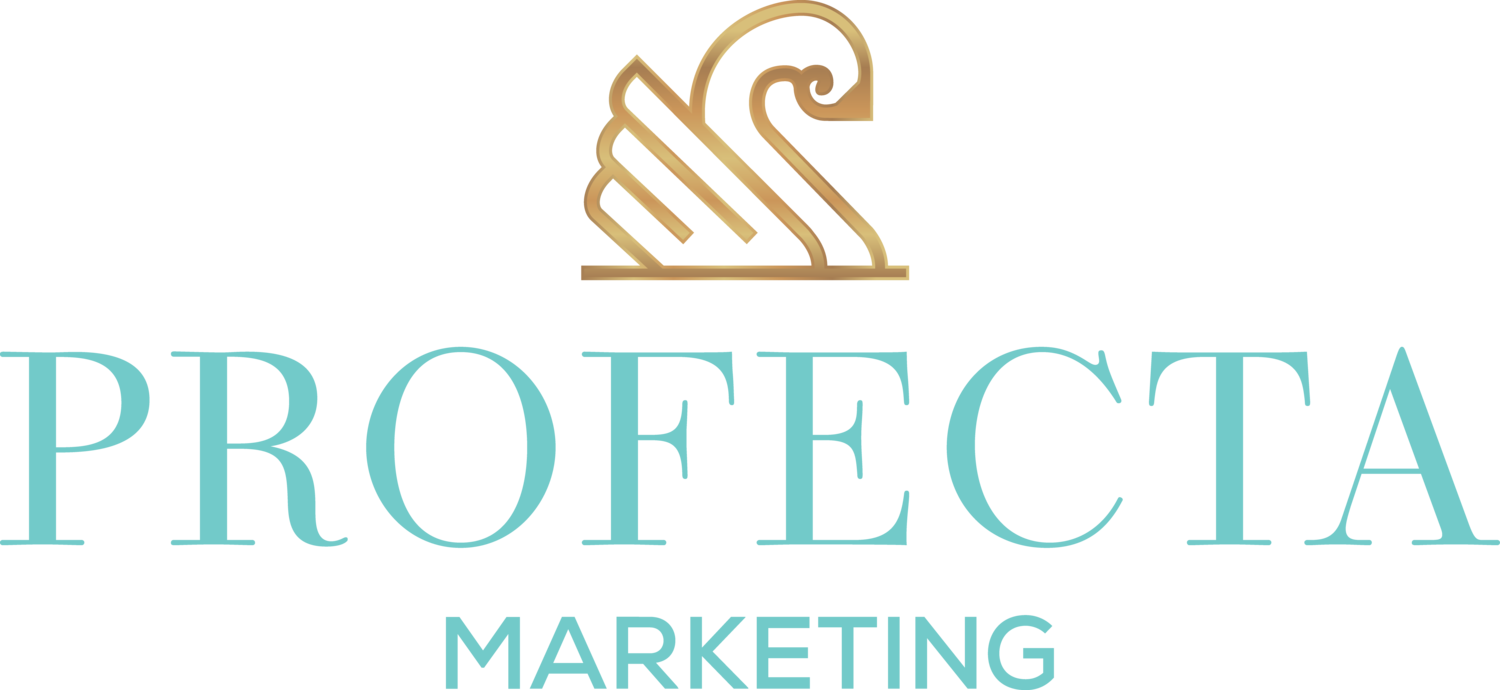What’s going on with the Beer Industry?
There has been a shift in the consumption of beer over the last few years that has been a growing concern for manufacturers across the United States.
In 2017, there was a decline in both dollar and volume sales for domestic premium beer. According to IRI Worldwide’s market research, “Domestic premium brands (Bud, Bud Light, Miller Lite, Coors Light, etc.) saw dollar sales decline 2.9 percent, more than $398 million, to about $13 billion. Volume sales declined 3.8 percent” (Hop Take, Wolinski).
This change in course is more than likely caused by a number of factors. One threat to the industry is the shift in health consciousness with both Generation Y and Generation Z. People are aware of the negative impact alcohol can have on your overall health, and these generations have demonstrated their willingness to modify their behaviors.
That is not to say that alcohol consumption is, by any means, coming to an end. However, people may be changing what type of alcohol they are consuming. Beverages with a lower caloric intake (wine, vodka, gin, etc.) are more attractive to the younger generations. Additionally, microbreweries and brewpubs have grown a faithful following, as people are now seeking out ‘locally made’ flavors that invoke preferences for freshness, aroma, and bitterness level.
That being said, craft beer, domestic super premiums, and import beer dollar sales have increased, despite the overall volume consumed being on the decline. Ultimately, this movement reflects that the U.S. is spending more on beer, but drinking less of it.
How Corona Takes the Crown
While the beer business has been facing adverse times, shipments of Corona have inexplicably continued to increase. It’s undeniable that beer’s share in the U.S. alcohol market is shrinking, making Corona’s success a bit puzzling.
In addition to being the number-one-selling beer in Mexico, Corona is also among the most popular brands in the US. So one might guess that the quality of this summery beer must be superior to other brands. However, its taste ratings are decidedly on the lower end of the spectrum. So quality can’t be the reason it’s so eagerly embraced.
What other factor could explain Corona’s standout sale volume?
The answer is marketing!
Rather than simply selling an alcoholic beverage, Corona’s advertising sells an experience. When you watch a commercial with someone sitting on a beach beside a Corona and lime, it taps into something deeper than a desire for a drink. You don’t just want a beer—you want a Corona.
Here are some methods used by advertisers to connect to a viewer in this way:
· Use of pathos. Appealing to a viewer’s emotions is one the most effective ways to connect with an audience. From a psychological standpoint, utilizing emotional appeal is one of the most impactful ways to relay a message.
How Corona uses pathos: Corona is able to use pathos by targeting people who are busy, stressed, or overwhelmed. It draws them to the feeling of relaxation that appears to be affiliated with this particular beverage.
· Make it personal. In order to really resonate with consumers, a company’s marketing needs to make people believe that the message applies to their life. This keeps advertisements from being skipped or overlooked. Pairing relevant content with the right personal interests is a very promising method to increase purchasing decisions.
How Corona makes it personal: Corona makes their advertising feel personal because it connects a popular set of interests with an available product. The interest is feeling relaxed and having a good time, and the product is a bottle of Corona. If a viewer’s goal is to unwind and be stress-free, Corona’s advertising makes this seem like a realistic outcome.
· Be memorable. While the number of people you reach and the amount of impressions your ad receives are valuable, attention does not necessarily imply retention. Lasting results are less likely if the message wasn’t impactful or memorable. Consumers’ attention is trained to turn toward compelling content and topics that are personally relevant. Incorporating messages in an attention-grabbing way makes marketing campaigns much more powerful.
How Corona is memorable: Here is a compilation of Corona commercials.
While you may not remember what happened in every Corona ad over the years, you’ve probably caught on to a common theme—the beach! Corona has effectively marketed in a way that when you think of having a beer at the beach, you think Corona. This is a perfect example of incorporating a message (to relax responsibly) and making it impact viewers in a lasting way.
https://www.businessinsider.com/millennials-gen-z-drag-down-beer-sales-2018-2
https://www.entrepreneur.com/article/272576
https://www.mdgadvertising.com/marketing-insights/how-to-make-your-advertising-more-memorable/
https://vinepair.com/articles/hop-take-beer-sales-trends-2017/

